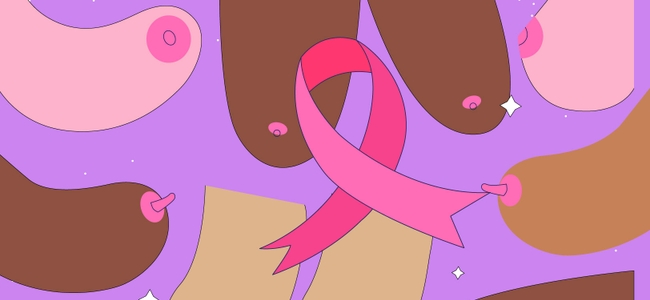While a Hormonal IUD contraceptive is considered to be slightly more effective than a nonhormonal IUD, their side effects defer. Hormonal IUD users will usually experience more hormone-related side effects, like headaches, which are not common with non-hormonal IUD users. However, women adjust to having a hormonal IUD within 6-8 months [8].
Which hormonal IUD has more side effects?
The side effects of Hormonal contraceptive IUD vary from woman to woman. While some IUD brands have a lower concentration of synthetic hormones compared to others, the choice of one’s best brand will be determined by several factors. These include; expected years of protection, size of the cervix or whether you have had kids or not, whether you want to keep having periods during usage, and how you react to synthetic hormones, among other factors. The Women’s Health Magazine provides a breakdown of what to expect from the different brands of hormonal IUDs.
Common side effects of a Hormonal IUD
- Cramps and back pain for a few days following the insertion.
- Spotting or bleeding soon after the insertion.
- Irregular menstrual periods. This is either in the form of lighter periods, a few days of monthly bleeding, or no monthly bleeding at all in the first one to two years after a hormonal IUD contraceptive is inserted. The absence of bleeding should not be confused with a pregnancy. Hormonal IUDs have been reported to reduce heavy menstrual bleeding and cramps and treat anemia.
- Headaches.
- Acne.
- Breast tenderness and pain.
- Mood changes.
Rare Hormonal IUD complications:
Infection (pelvic pain, discharge, and fever). Often, the doctor will check for Pelvic Inflammatory Disorder (PID). PID has been reported in rare cases where a woman had chlamydia or gonorrhea at the time of the IUD insertion. Based on the severity of the infection, PID can be treated with antibiotics, with or without the removal of the IUD.
The IUD pushes through the wall of the uterus. This can only be diagnosed in a healthcare facility (based on specific symptoms). In such a case, the IUD is removed by a trained healthcare provider.
The IUD slipping out. If you suspect that your IUD is either on its way out or is already out, you should consult a qualified healthcare provider for proper guidance and care.
If, after three months, you feel the side effects are more than you can accept, you can have it removed and switch to another method of contraception. Remember that the hormonal IUD contraceptive does not protect against sexually transmitted infections (STIs).
Some Common Questions About the Hormonal IUD
Can you get a Hormonal IUD if you have a sexually transmitted disease?
No. It is not advisable to have an IUD inserted if you have any kind of sexually transmitted disease. This is because it may cause pelvic inflammatory disease. Your healthcare provider should first provide treatment and ensure that you are clear of any sexually transmitted disease before inserting an IUD.
Can I use a Hormonal IUD if I am breastfeeding?
Yes, according to planned parenthood, IUD is one of the safest methods for a person who is breastfeeding. It can be inserted right after giving birth and will not harm you or your baby.
I have severe cramps due to my Hormonal IUD. What do I do?
Try it for a few months, and take a pain killer like ibuprofen the first few days of your period. If you like the ease of using long-term contraception, but find that the side effects of a hormonal IUD do not get better with time, talk to your healthcare provider about switching to another long-term, but bearable method.
My Hormonal IUD Expelled, Can It Happen Again?
IUD expulsion can occur in a small percentage of women in the first year after insertion. Expulsion is more likely for women who :
Have never been pregnant;
Are younger than 20 years;
Have a history of very heavy or very painful periods;
Had the IUD put in right after giving birth or have a 2nd-trimester abortion
Partial expulsion may mean that the IUD was not quite in its position: it may have been too low in the uterus and just worked its way out. This could have happened around the time of insertion or may be related to uterine characteristics, such as size, angle, or the presence of conditions like fibroids that can cause irregular shape. The chance of expelling a 2nd IUD may be higher in women who have had a previous IUD expulsion [2].
If you like the ease of using a long-acting and low-maintenance option like the hormonal contraceptive IUD but are having problems with expulsion, you could try switching to another long-term hormonal method like the implant.
Can my Hormonal IUD scratch my partner?
It is possible for some partners to feel the IUD strings during vaginal sex. This happens when the strings are cut too short. If you believe that the IUD strings are affecting the quality of your sex life, you should visit your healthcare provider for advice. While you will be given the option of having the strings cut even shorter, you will be cautioned that having the IUD strings so short may make it difficult to remove the IUD later on(you will require a specially trained provider to remove them). The other alternative will be to ask your partner to exercise a little patience since the strings will eventually soften to a point where it will be hard to feel them.


